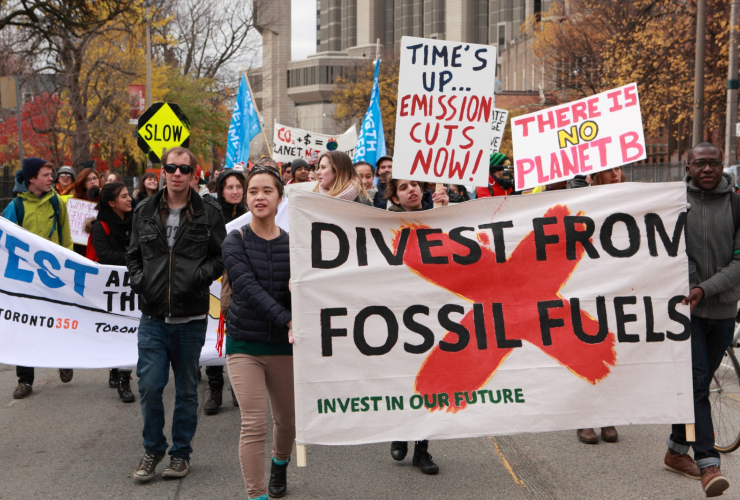The progress that Canadian universities have made towards climate-responsible investment is mixed and all still have work to do, but alignment with provincial policy helps B.C. universities stand out in a report released on Thursday.
With a strong score on disclosure metrics, McMaster University in Hamilton, Ont., tied for top ranking with the University of British Columbia in the C.D. Howe Institute report, followed by the University of Victoria, Simon Fraser University, Montreal’s McGill University and the University of Toronto.
But no school received top marks, or five stars, which the report suggests means they may be leaving money on the table.
“A compelling business case exists for universities to align their endowment policies and practices with responsible investing frameworks, including climate change,” said the report by lead author Catherine Jackson with Abhishek Kumar and Ramisha Asghar, noting research showing that such practices correlate with a six per cent increase in donations.

The financing of fossil fuel projects that exacerbate the climate crisis is coming under increasing scrutiny from concerned investors as well as activists pushing for divestment, which C.D. Howe said it does not endorse.
“Divestment is not a panacea,” the report said. “Although it can help to reduce the carbon footprint of a portfolio, it does not necessarily help to decarbonize the economy.”
The report offers five recommendations for schools (and their investment divisions) looking to up their climate game: follow the international guidance on climate-related financial disclosures; align endowment targets with university sustainability targets; report climate commitments and progress to their provinces; find climate exports to sit on governing bodies; and focus more effort on responsible investment policies and practices.
Canadian endowments invest billions of dollars. The University of Toronto, with Canada’s largest university endowment, had $3.15 billion of assets at this time last year, which generated 4.9 per cent of operating revenues from the prior fiscal year. The second-largest endowment, the University of British Columbia’s $2-billion fund, provided 4.4 per cent of operating revenues.
Canada’s public postsecondary education sector has responded to climate change with cutting-edge research on the problems and solutions associated with it, the report said, and by building more efficiently and making other operational changes to lower their carbon footprint.
“However, universities on the whole could do more to align their leadership in education and research with their endowment investing practices,” it said.
Three universities from B.C. made the top four due to the alignment between the province and its universities on climate targets.
“In short, Canadians and Canadian institutions lack clear, coherent short- and long-term plans by government,” it said.
Legislative frameworks dictate how much say provinces have over universities, with schools in Alberta and Ontario having more independence and those in British Columbia controlled more by their provincial government.
Morgan Sharp / Local Journalism Initiative / Canada’s National Observer






Comments